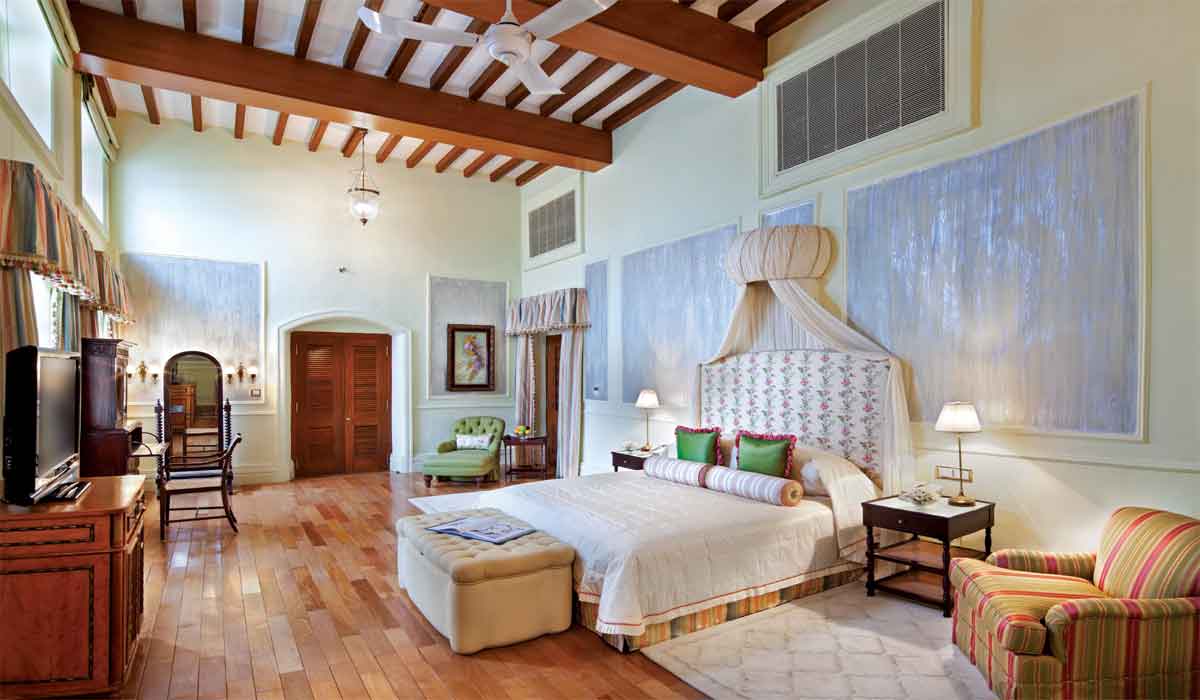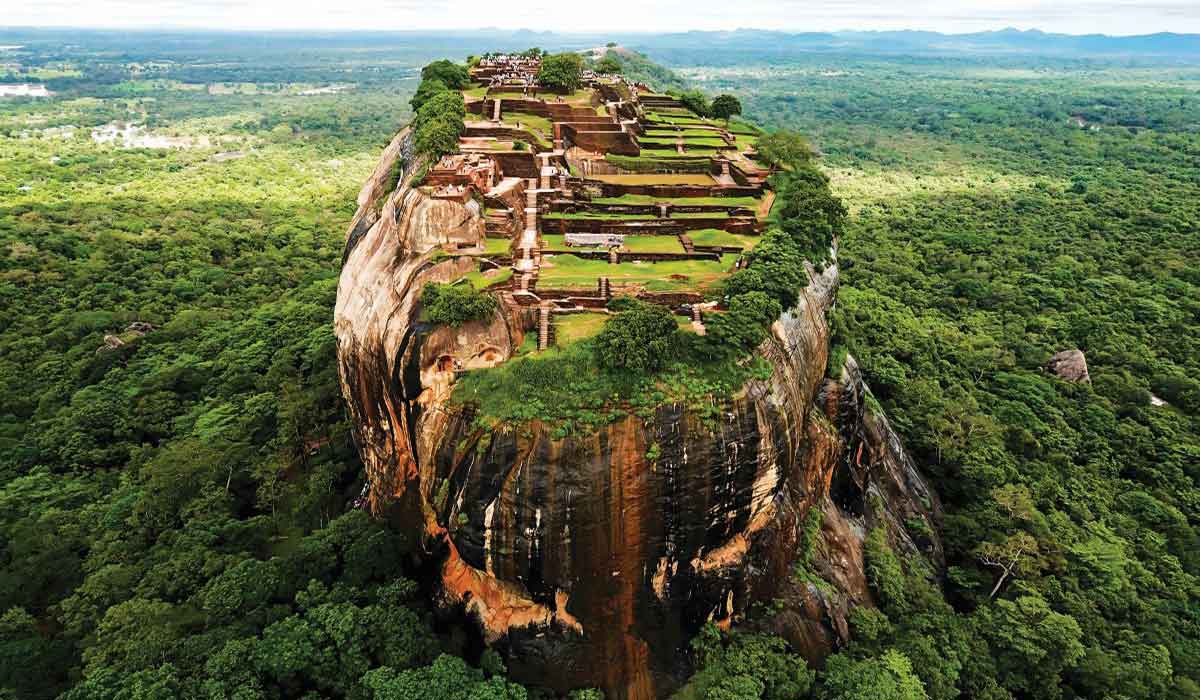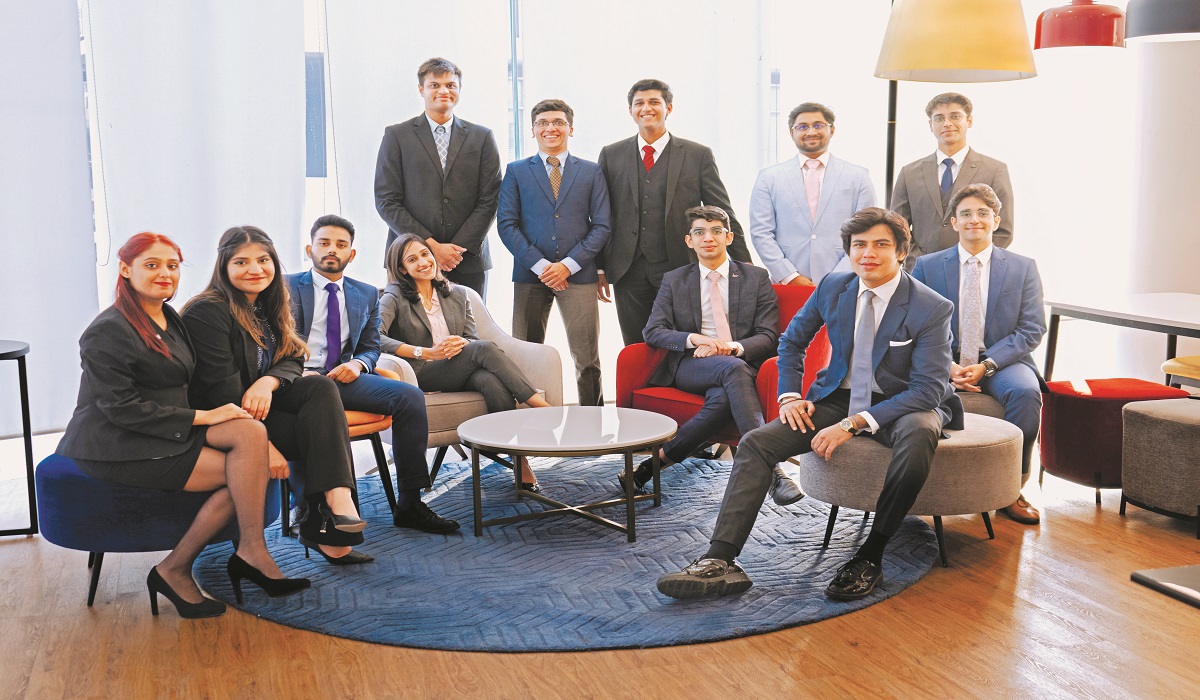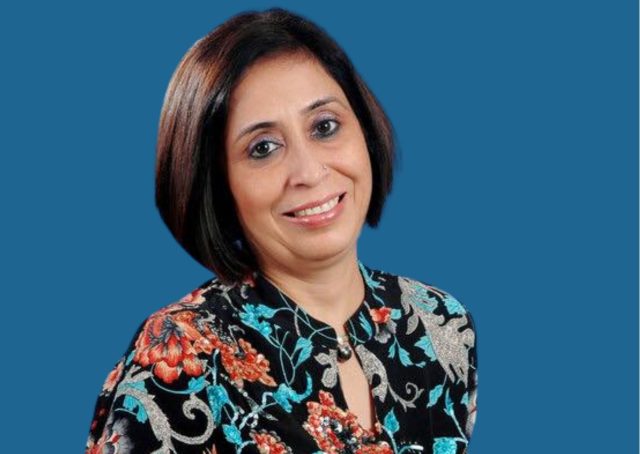The demand-supply gap is keeping hotel occupancy & rates robust. While some feel it is cyclical nature of business at play, others believe that rates will wane out once investment starts pouring in. Industry’s top professionals share their viewpoint…
Words by Lipla Negi
Tier II and III sectors driving growth
Dilpreet Singh Bindra, Area Director, Ops, North India, Bhutan & Nepal and Franchise Operations, South Asia, Marriott International
With a positive outlook for India over the coming 10 years, the market is now experiencing strong demand and constrained supply. There is a consensus that hotels will continue to see an increase in both occupancy rates and prices even if big international conferences have not yet completely resumed after COVID.
ADRs have increased compared to 2019, but there is still a sizable space for development, particularly when compared to rates in other worldwide areas. The attractiveness of a location and the experiences provided by hotels are more important to travellers than the simple cost. The expansion of resort portfolios, such as the 30 per cent rise seen at Marriott, highlights the significance of distinctive experiences in luring leisure travellers.
In India, the growth of the hotel industry is being driven by a dual focus on Tier II and III sectors as well as a specific focus on the luxury market, especially in resort areas. The strategy focus of the sector is on signing premium assets, which reflects an alignment with shifting customer tastes.
Weddings have emerged as a significant source of revenue for Indian hotels, contributing close to 30 per cent of overall revenue, changing the complexion of the industry. Additionally, the M!CE sector continues to be crucial to the success of the whole industry. While the Indian market is on the mend, the industry understands that for a thorough recovery to occur, international leisure travellers must return to the nation.
High rates have not discouraged inbound leisure travel, contrary to forecasts. Industry insiders are excited by reports that international visitor visits to India have increased this year. This increase shows that tourists are once again confident in India’s tourism industry and emphasises how resilient the nation is as a top travel destination. The hotel costs are reasonable when compared to other places.
“The expansion of resort portfolios, such as the 30 per cent rise seen at Marriott, highlights the significance of distinctive experiences”
Investor sentiments towards India are positive
Vikramjit Singh, President, Lemon Tree Hotels
Occupancy and rates will continue to grow for at least the next four years. Some of the factors that are contributing to the high growth are:
- Currently, India is mostly driven by domestic demand, and inbound arrivals have not recovered to the pre-COVID level. This is expected to change in the coming years, with the government’s focus on increasing foreign tourist arrivals (FTAs) to the country.
- Investor sentiments, both domestic and international, towards India are positive. Foreign investments with manufacturing units are being set up in different states, which will lead to higher travel needs. The hosting of the G20 events in India will also add confidence in G20 nations for investments in our country.
- Demand growth is surpassing supply growth, and as we have seen from the cycles of the past, this trend will continue for a few years until supply catches up.
- There is a boost in religious tourism, which is less impacted by the economic downturn. Kashi surpassed Goa in the number of tourists, and Ayodhya seems to be next. Hotel owners and operators are now strategically targeting these markets, where demand is high and increasing further.
- There has already been and will continue to be a boost in connectivity with additional airports in the pipeline and the Vande Bharat Express routes.
Despite worries about rate stabilisation, the predicted mismatch between supply and demand makes it probable that rates will continue to increase year over year. The trend of rate increases stays positive as long as supply continues to expand more slowly than demand. The current strong industry performance is fueling the construction of new hotels in all price ranges, including luxury.
“Despite worries about rate stabilisation, the predicted mismatch between supply and demand makes it probable that rates will continue to increase year over year “
Sustainable occupancy & rates: Short-term prospects
Rakesh Mathur, Senior Hospitality & Tourism Professional
High occupancy and rates are sustainable in the short term for the next one or two years. But in medium terms, with investment coming into the industry, high occupancy will take a slight dip. However, at the same time, since Indian economy continues to grow, it will not be a large dip. It will have an upward graph. So, if not very high, the occupancy will continue to sustain a reasonable upward trajectory in the coming years.
Rates are subjected to market conditions. When you have good occupancy, a good amount of investment also comes into the business. And when that happens, rates normally take a dip. This is a cyclical pattern of the market. Previously, there have been periods of highs and lows as well. Recently, the rates have been unusually high, and they are going to stabilise and come down in the next few years. As per my experience, this will last 2-3 years, or 5 years maximum. I do not think rates will stabilize. There will always be fluctuations because that is the nature of the market.
The current performance is a natural phenomenon in the hospitality industry. When rates and occupancy are good, investment pours into the business. And when people start investing, the development activity picks up pace. Simultaneously, what is happening here is that several hotels that could not sustain losses during the COVID, as per reports, are up for sale. So, apart from development, there will be transfer of assets.
Hotel additions are below pre-COVID levels because, at that time, investment was booming. And then COVID came. Room additions are also low because a lot of acquisitions are happening due to the transfer of assets. So, it is keeping the total room count low. As more additions follow, you will see a fall in occupancy and rates over the medium rate.
“Room additions are also low because a lot of acquisitions are happening due to the transfer of assets. So, it is keeping the total room count low”
Brands ramp up inventory expansion plans
Greesh Bindra, Vice President, Operations, The Suryaa New Delhi
I see high occupancy and rates moving upward for another year. With no inventory adding up, it would still remain a sellers’ market and we would continue to command rates. I see rate stabilisation happening once occupancies settle down. That would happen once outbound opens up completely. A backlog of visas and skyrocketing airfares are still affecting travel outside India.
I see a strong inflow of foreign tourist arrivals this year between November 2023 and March 2024. Though the numbers are quite encouraging and satisfying, it appears that inbound tourism is expected to be back to pre-COVID levels by the last quarter of 2024.
Major hotel chains such as Marriott International, IHG, RHG, IHCL and Oberoi hotels, among others, are signing deals to increase their inventory size in the country. Though demand is going to be buoyant for room additions, I do not see any new inventory size adding, at least in the Delhi NCR region for the next one year.
The wedding business has helped hotels to maintain occupancies and high ADRs. All Indian hotel chains are vying for a piece of this growing market, with several brands launching new marketing initiatives specifically targeted at the wedding market. We have seen over 100 per cent growth in the revenues generated in this segment compared to the pre-COVID era. Guests are taking advantage of the opportunity to spend lavishly on themed and grand weddings.
It is irrefutable that the industry is becoming a more significant economic force and has the potential to be used as a tool for development.
“The industry is becoming a more significant economic force and has the potential to be used as a tool for development”
Average Room Rate has stayed stable
Nikhil Sharma, Market Managing Director, Eurasia, Wyndham Hotels & Resort
Although there are worries regarding rate stabilisation, the existing situation of hotel rates in India points to a stable and balanced hospitality business. The industry’s resiliency in the face of economic changes is demonstrated by the average daily room rate (ADR), which has stayed stable. In addition to drawing tourists looking for trustworthy lodging alternatives, this stability shows how adaptable the sector is to shifting market dynamics.
There are concerns regarding the appeal of international travel for Indian tourists as hotel charges in India grow. The world’s largest middle class, which has enormous potential, offers a unique opportunity for both domestic and international travel. Growing disposable incomes enable this group to make a considerable contribution to the expansion of the tourist sector globally.
The growth of hotels across all market categories is being driven by the hospitality sector’s present performance, with the mid-segment receiving special attention. The future of this market sector appears to have bright potential, given its growth trajectory. The industry’s diversification is further aided by the expanding number of upmarket accommodations designed to appeal to discriminating travellers.
The hospitality business in India has witnessed a spectacular increase in Revenue per Available Room (RevPAR), and occupancy rates have been continuously high. These trends are not temporary occurrences but rather a sign of a strong and long-lasting demand for hotel rooms. In the medium to long term, it is anticipated to pick up momentum. Notably, the hosting of big events such as G20 meetings and the ICC World Cup has had an impact on the increase in demand. These sizable gatherings caused a surge in hotel reservations, supporting the industry’s upward trend. A positive picture for the future success of India’s hotel sector may be seen in such excellent indicators.
“The existing situation of hotel rates in India points to a stable and balanced hospitality business”
Demand to remain buoyant, supply sluggish
Jaideep Dang, Managing Director, Hotels and Hospitality Group, JLL India
Occupancy rates are moving in line with seasonality experienced by the hotel sector in India. This is characterised by a strong Q1 (Jan to March) on the back of corporate travel followed by a dip in Q2 brought about by the reduction in corporate travel amidst extreme summer months and by summer vacations. We expect occupancy levels to pick up during Q3, which is normally the shoulder months followed by an uptick in Q4, which is typically led by corporate travel, M!CE and weddings.
Although, there has been a significant growth in room inventory in the past 18 months, but we expect the supply over the next 3-4 year period to be comparatively slow. Demand on the other hand is expected to remain buoyant given the growth in Indian economy. We expect the hotels’ performance to remain robust in the medium term.
Development activity has witnessed an uptick in recent quarters as per data tracked by JLL. In H1 (Jan to June) 2023, there have been 127 new branded hotel signings comprising more than 11,500 rooms which is a 36 per cent Y-o-Y growth in new room inventory signed. The midscale hotels comprise the largest segment (26 per cent) of upcoming hotel room inventory in major hospitality markets comprising of Delhi, Mumbai, Bengaluru, Chennai, Hyderabad, Kolkata, Gurgaon, Pune and Goa. The luxury segment is the runner-up in the same comprising approximately 24 per cent of the future supply in major hospitality markets.
Due to the completion of several hotel projects that had been put on hold due to COVID, the branded supply increased significantly in 2022 compared to 2021. This led to an upsurge in development activity. However, this growth is expected to witness a rationalisation in coming years as upcoming supply tapers down.
“There has been a significant growth in room inventory in the past 18 months, but we expect the supply over the next 3-4 year period to be comparatively slow”










